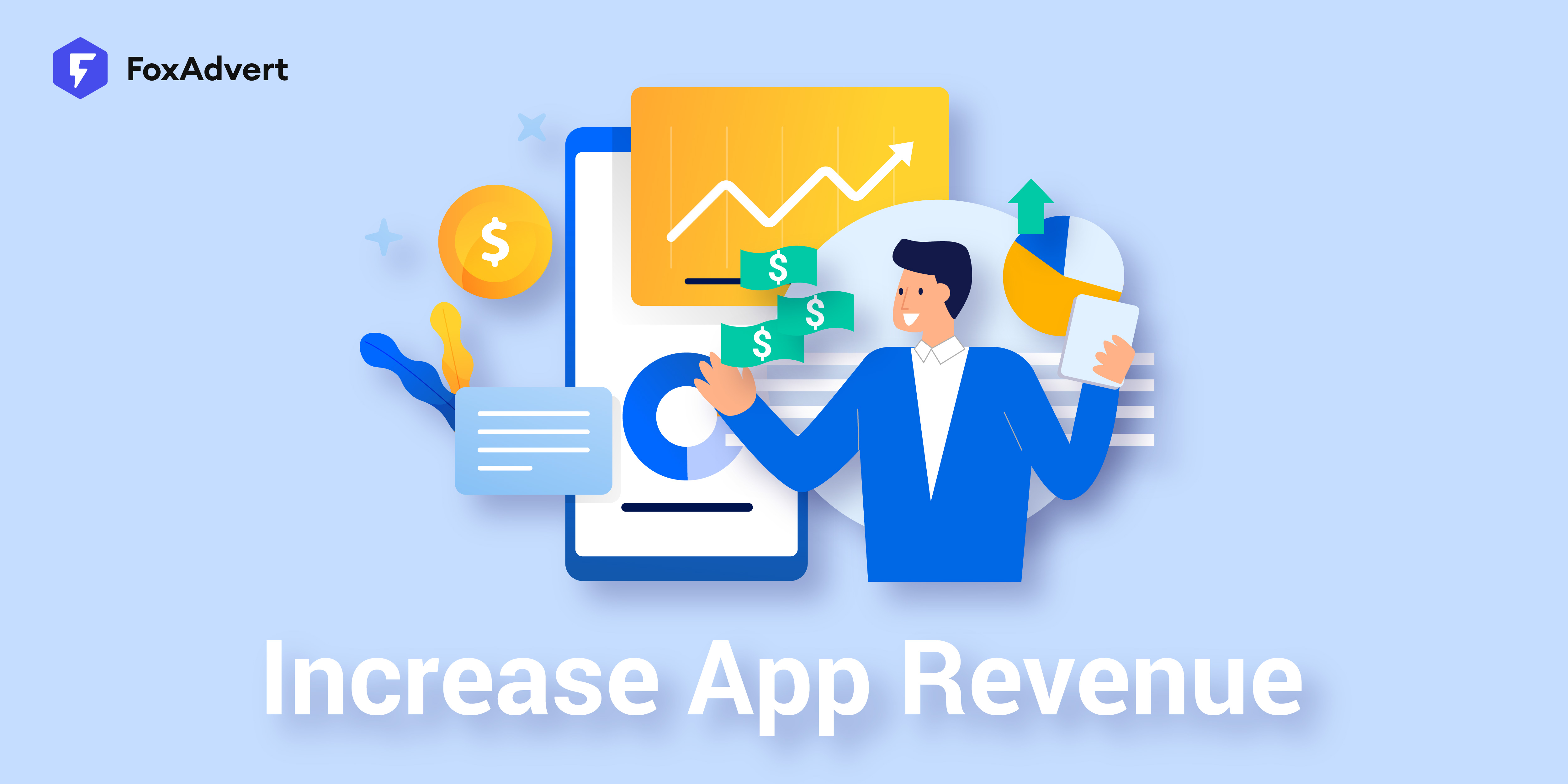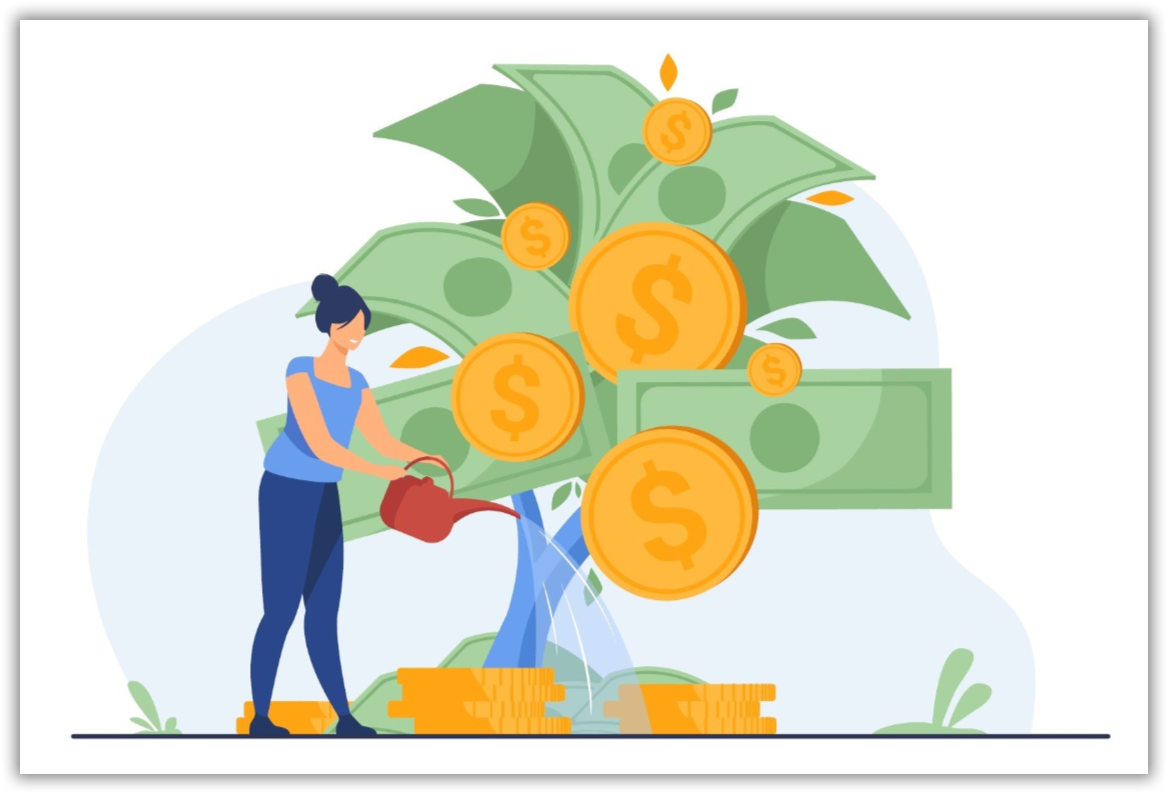
With the global app market projected to hit $781.70 billion by 2025, the opportunities for app developers and businesses are vast. However, despite this growth, many apps still fail to convert user engagement into solid revenue. The challenge often lies not just in attracting users but in effectively monetizing them. In this article, we’ll explore 10 practical steps that can transform your app into a steady revenue-generating powerhouse.
Selecting the right revenue model for your mobile app is fundamental to driving success. Take the time to assess whether your app’s monetization approach truly aligns with user behavior. If you’re incorporating ads, ensure they’re unobtrusive and enhance rather than disrupt the user experience. For freemium models, clearly communicate the value of premium features to motivate users to upgrade. While subscriptions offer a reliable income stream, they require continuously compelling content to justify ongoing payments. Consider blending different models, such as combining freemium with in-app purchases or ads, to diversify and stabilize your revenue. Keep experimenting and optimizing these strategies with the help of analytics to maintain profitability and adapt to shifting user preferences.
In-app purchases (IAP) are an incredibly effective revenue strategy, enabling you to sell virtual goods, services, or enhancements directly within your app. This approach is especially beneficial for apps that offer ongoing value, including gaming, social media, and utility apps.By providing users the opportunity to purchase items or content they find valuable, you can drive engagement and generate substantial revenue without charging upfront for the app.
In fact, in 2023, in-app purchases accounted for over 70% of total app store revenue, proving the immense potential of this model.
● Consumables: Virtual goods that can be used once and need to be repurchased, such as in-game currency or extra lives. These drive repeat purchases and foster continued user engagement, particularly in gaming apps.
● Non-consumables: Items that users buy once and keep permanently, such as premium features or tools. For example, users may buy a new app theme or an advanced tool that enhances their experience.
● Subscriptions: Another form of IAP, subscriptions grant users ongoing access to premium content or services. These are ideal for apps offering continuous value, like fitness or media apps, where users regularly get new content or updates.
● Offer value and relevance: The key to successful IAP lies in offering items that genuinely enhance the user experience. Ensure that purchases are not only valuable but also relevant to users' needs, whether that’s unlocking features or providing content that makes the app more engaging.
● Offer incentives: Provide bonuses for first-time purchases or exclusive access to premium content to motivate users to spend and increase ongoing purchases.
● Clear communication: Communicate the benefits of IAP in a clear and straightforward manner, whether it's improved functionality, added content, or a better overall experience. Transparency fosters trust and boosts conversion rates.
● Create urgency: Leverage limited-time offers or in-app promotions to push users toward immediate purchases, creating a sense of urgency that accelerates revenue generation.
● Test pricing: Experiment with different pricing structures and flexible payment options to determine the most effective way to convert free users into paying customers.
A seamless, user-friendly app design is essential for retaining users and maximizing revenue potential. To address usability challenges, conduct regular user testing and gather valuable feedback to refine the experience. Simplify the onboarding process so first-time users can effortlessly navigate your app and get started quickly.Optimizing performance, such as reducing load times and addressing bugs, is crucial for maintaining a smooth experience. An intuitive design, paired with an aesthetically pleasing interface, encourages users to stay engaged and explore premium features.
By prioritizing UX, you build user loyalty, foster greater engagement, and optimize in-app purchases, all of which directly contribute to revenue growth.
Data analytics is a powerful tool for pinpointing and bridging monetary gaps in your app. Platforms like Mixpanel or Amplitude offer valuable insights into user behavior, enabling you to understand what resonates with your audience and what needs adjustment.By analyzing key metrics such as average revenue per user (ARPU), user retention rates, and abandonment points, you can uncover opportunities for improvement. Segmenting your audience allows you to craft personalized offers and targeted campaigns that are more likely to drive revenue.
Furthermore, predictive analytics can help you anticipate revenue trends, allowing you to fine-tune pricing and promotional strategies. By making data-driven decisions, you can optimize your app’s monetization potential while simultaneously enhancing the overall user experience.

Diversifying your app’s revenue streams is essential for long-term financial stability. Partnering with brands for affiliate marketing or co-branded campaigns can open the door to new revenue opportunities by reaching external audiences.Introducing paid live events, workshops, or exclusive in-app content can add significant value, creating new ways for users to engage while generating income. Another strategy is launching a marketplace within the app, allowing users to share content or offer third-party services, tapping into additional revenue avenues.
Expanding into new revenue streams not only reduces dependence on a single model but also exposes your app to untapped markets. However, successful implementation requires careful alignment with your app’s core functionality and the preferences of your target audience.
The subscription model has surged in popularity, particularly for apps that offer ongoing services or content updates. It provides a steady stream of recurring revenue while building long-term user loyalty.Media, fitness, and productivity apps have long adopted this model, with non-game apps generating an impressive $18.3 billion in subscription revenue in 2023 alone, underscoring its effectiveness.
The appeal of subscriptions lies in the ability to offer a seamless, ad-free experience, while providing exclusive content or advanced features to paying users. This keeps users coming back, boosting retention and app engagement over time.
Picking the right subscription plan is essential for maximizing both revenue and user satisfaction. Standard options include monthly, annual, or tiered pricing models.Monthly subscriptions offer flexibility, catering to users who are hesitant to commit long-term. Annual plans, on the other hand, often include discounted pricing, encouraging users to commit for a year. Offering both options can accommodate diverse preferences and increase conversion rates.
Tiered pricing is another crucial strategy to consider. Basic plans provide essential features, while premium or pro plans offer enhanced tools or exclusive content, appealing to users who seek more value and are willing to pay for additional benefits.
To keep subscribers loyal, continuous value delivery is key. Regular updates, new features, and exclusive perks for paying users are effective ways to keep them engaged. For instance, in streaming apps, offering fresh content or early access to shows ensures users remain invested.Long-term success lies in truly understanding users’ needs and preferences. By personalizing the subscription experience and tailoring content to individual tastes, you can significantly boost retention rates and maximize lifetime value.
A clean and intuitive interface is crucial for maintaining user engagement. Prioritize simplicity by ensuring that navigation is smooth and all features are easy to find. Avoid cluttering the app with unnecessary elements that may overwhelm users.Focus on visually appealing design—thoughtfully chosen colors, fonts, and layouts help create an enjoyable user experience. Regularly update the app’s design based on user feedback to meet evolving expectations.
An effective user-friendly design doesn’t just enhance retention; it also encourages users to explore the app more deeply and make purchases of premium offerings.
In-app advertising continues to be a cornerstone of mobile app monetization, enabling developers to keep apps free for users while generating steady revenue. It’s a proven strategy, especially for apps with high engagement and large user bases.
Types of In-App Ads
● Banner Ads: These subtle ads are placed at the top or bottom of the screen, providing visibility without interrupting the user experience.
● Interstitial Ads: Full-screen ads displayed between app activities or game levels. While they offer high visibility, timing is key to avoid frustrating users.
● Rewarded Video Ads: Users voluntarily watch ads in exchange for in-app rewards. With engagement rates often surpassing 70%, this ad format drives high interaction.
● Native Ads: Integrated seamlessly into the app’s content, native ads maintain a natural, non-disruptive experience.
● Maintain User Experience: Ensure ads don’t overwhelm users or disrupt their app journey.
● Optimize Placement: Strategically place interstitials at natural breaks to minimize disruption and enhance engagement.
● Offer Valuable Rewards: Make sure the rewards for watching ads are meaningful, encouraging users to engage without hesitation.
● Personalize Ads: Use data-driven insights to tailor ads to users’ interests and preferences, improving relevance and increasing conversion rates.
● Control Frequency: Set limits on ad appearances per session to keep users satisfied and prevent frustration.
Push notifications are a powerful tool for re-engaging users and boosting conversions, but their effectiveness hinges on thoughtful implementation. Sending irrelevant or excessive messages can lead to user frustration and app uninstalls.Personalization is key—send tailored notifications based on user behavior. For instance, remind users about abandoned carts or offer personalized discounts to encourage purchases. Time-sensitive alerts, such as notifications for flash sales or limited-time offers, can prompt immediate action.
To maximize impact, experiment with different notification styles, delivery times, and messaging strategies. By analyzing user responses, you can refine your approach and send notifications that truly resonate with your audience, driving engagement and enhancing revenue.
Collaborating with other businesses through co-branded campaigns or affiliate marketing is a powerful way to broaden your app’s reach and revenue potential. For example, a fitness app could partner with a sportswear brand to offer exclusive discounts to users.These partnerships create mutual benefits, enabling both companies to leverage each other’s audience base. Additionally, joint ventures can include sponsored content or branded features within the app, further enhancing user engagement.
By diversifying your revenue streams through such collaborations, you not only expand your app’s market presence but also foster long-term partnerships that contribute to sustained growth and profitability.
Monetizing your app successfully requires a combination of strategic thinking, user-focused design, and data-driven decisions. By implementing the right monetization models and continuously optimizing your approach, your app can thrive in today’s competitive market.
At FoxAdvert, we’re here to help you unlock the full potential of your app through advanced digital marketing strategies, ASO, and paid advertising solutions. Let us guide you in boosting user engagement and driving long-term revenue. Reach out today and start turning your app into a consistent income generator!